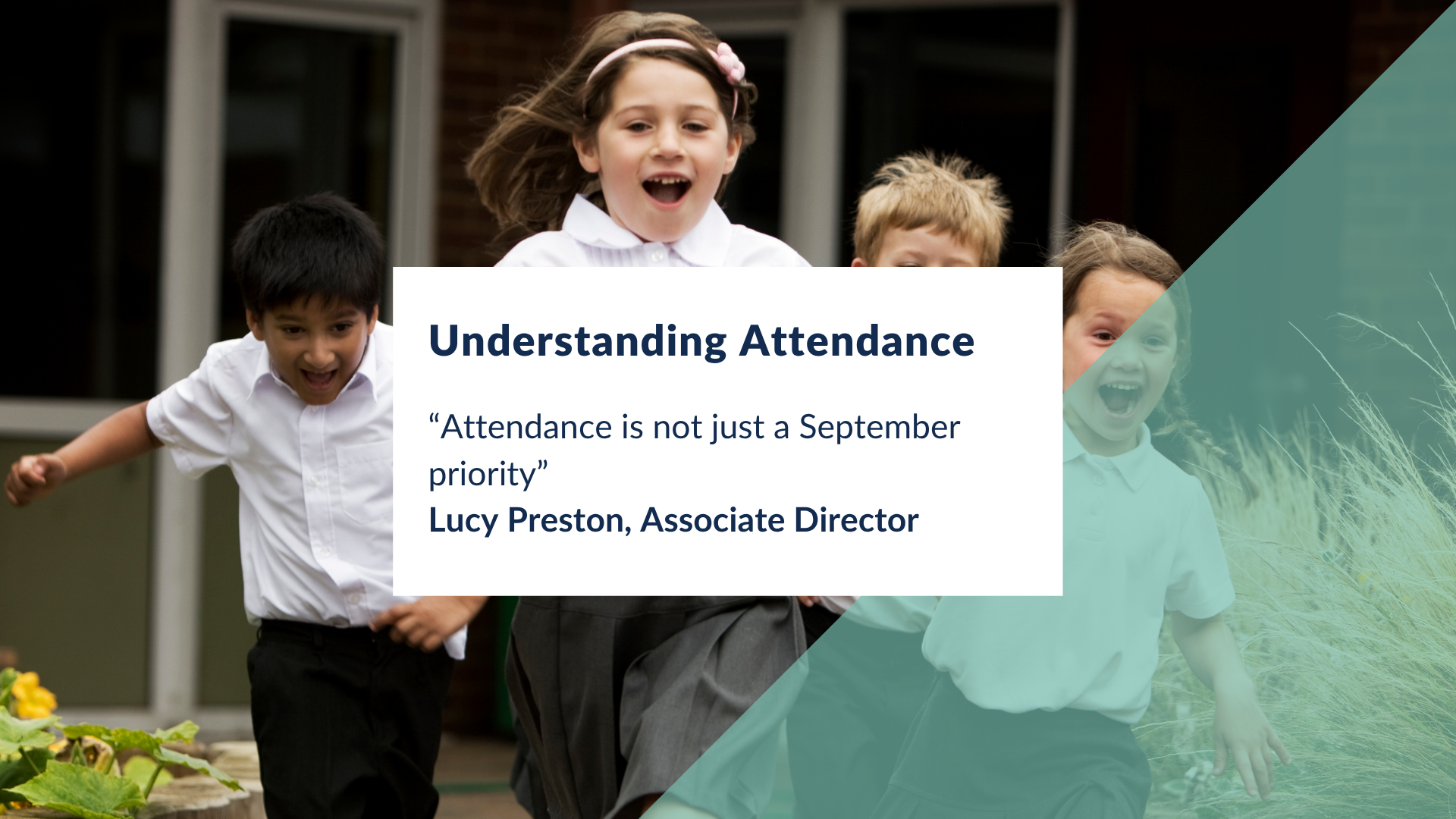Attendance is not just a priority for September

Attendance is not just a priority for September
In recent weeks, there has been a flurry of headlines, reports and sector-wide discussions highlighting the critical role of attendance. From the recent findings published by Public First to Absent Ambition released by the Centre for Social Justice, the message is clear: attendance remains a national challenge, as something that is a key lever for pupil outcomes.
At ImpactEd Group, we are committed to turning this conversation into further meaningful insight and action. Our ongoing national research project, Understanding Attendance, is focused on helping schools to dig deeper into why pupils do or do not attend school. This is not just about tracking figures. It is about understanding the underlying factors that influence attendance and absence, so that leaders can make informed, evidence-based decisions.
Why this cannot be a once-a-year conversation
While September brings a renewed focus on attendance, we also need to resist treating it as a one-off push. Attendance is not static, and the reasons pupils miss school shift over time, and patterns of absence evolve as the year progresses. For example, we typically see higher absence figures at the end of the Autumn and Spring terms in particular. Last year national attendance rate was 93.5% across the whole Autumn term but just 90.5% in the final week of term. There is no quick and easy fix, it takes time and commitment – there certainly isn’t a single blockbuster policy which will encourage the 24.3% of secondary school pupils who were persistently absent last year back into the classroom.
Regularly reviewing attendance-related data throughout the academic year helps us respond to emerging trends, understand the “why” behind the numbers, and avoid being caught off guard by issues that build slowly overtime.
At Harrogate High School, for example, regular analysis of attendance and related data has helped identify deeper drivers of absence. These insights have informed longer-term strategies like tailored recognition systems and early interventions. One approach has been shifting the focus from overall attendance percentages to tracking “broken weeks,” allowing staff to recognise and celebrate pupils making positive changes, even if their overall attendance remains low.
By benchmarking at multiple points during the year and reflecting on real-time pupil insights, we can move beyond reactive measures and build long-term, sustainable approaches to supporting pupils’ attendance.
What we are doing – and why it matters
Our research is exploring the some of the wider factors related to pupil attendance. For example, the impact of peer and adult relationships, morning routines, and pupil decision-making on attendance. We are also looking at how pupils perceive the impact of an occasional day off and whether this shapes their choices.
Participating schools receive:
· Benchmarked data for their pupils, at both an individual level and grouped by key demographics and attendance bands
· Contextualised insights across your school and for individual pupils
· A clearer understanding of what is driving attendance patterns and what might be holding pupils back
This means schools can develop targeted, tailored strategies to improve attendance. It is helping leaders to reframe their approach, foster a shared language and approach to addressing attendance, and create more nuanced interventions that reflect the experience of their pupils.
Join the research cohort
We are now inviting schools to take part in this year’s Understanding Attendance cohort. If you're looking to deepen your understanding of the barriers to attendance in your context and work alongside other schools to share and apply learning, we would love you to join us.
Get in touch
To speak to one of our senior team about how we could support your work, please get in touch


